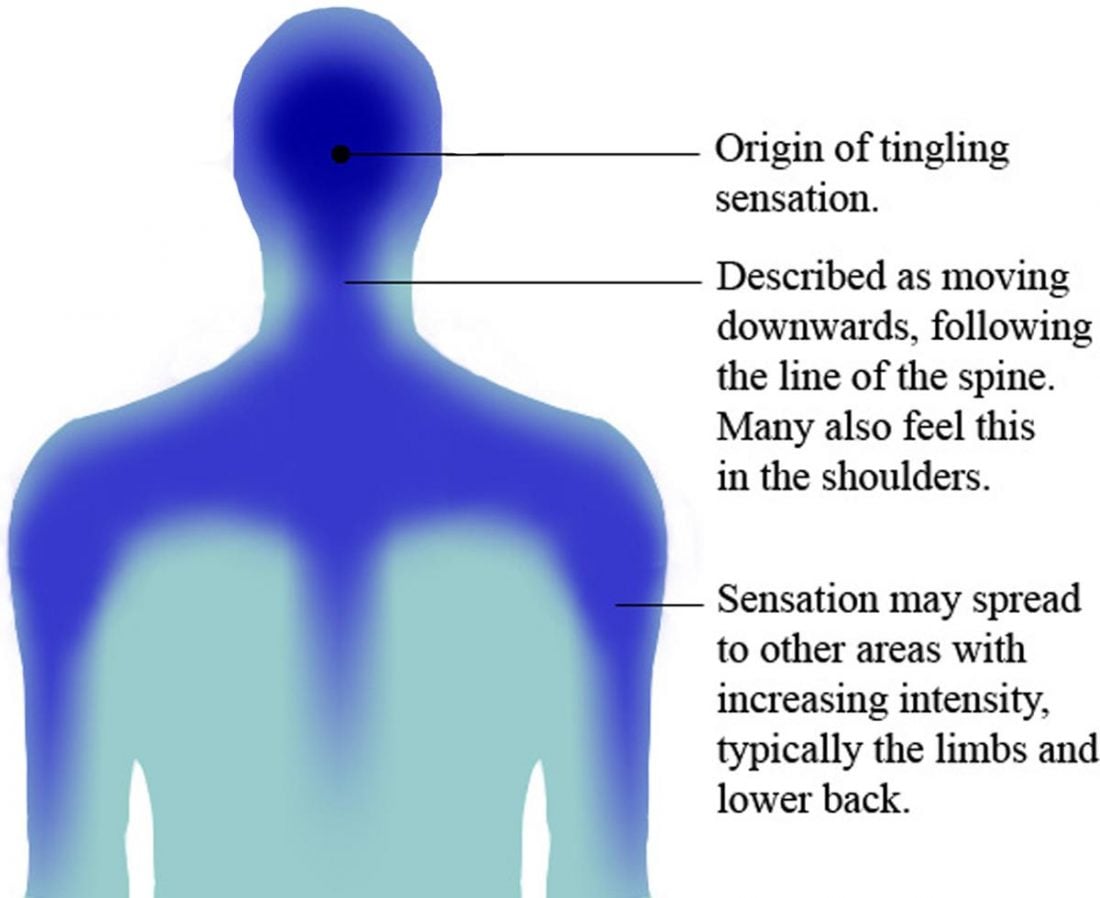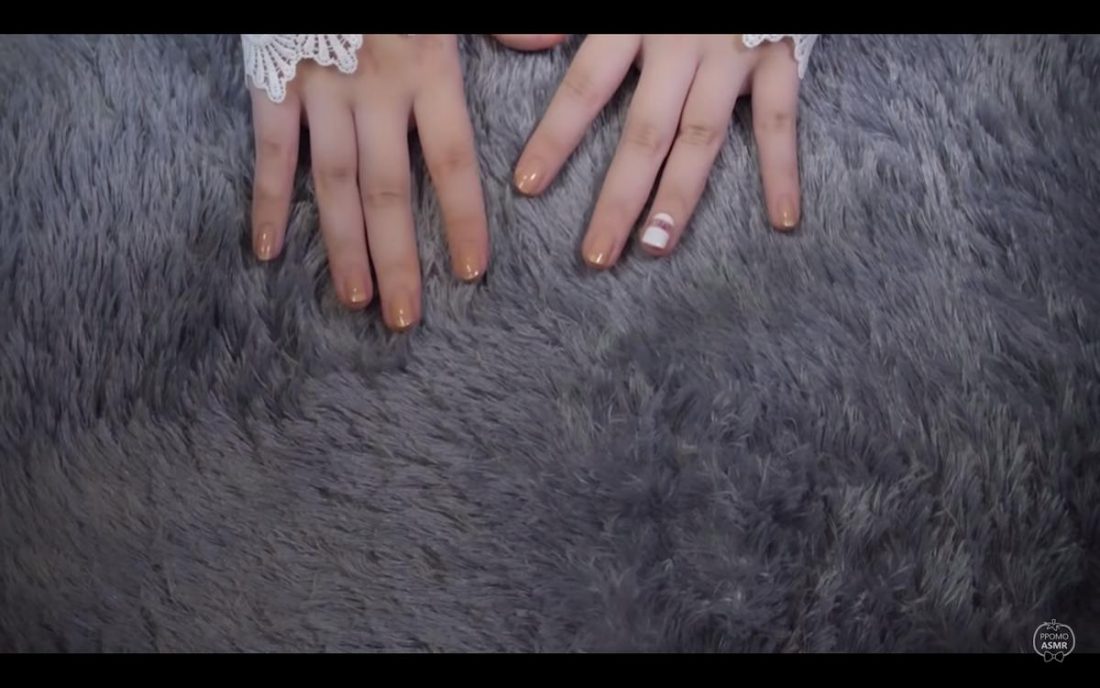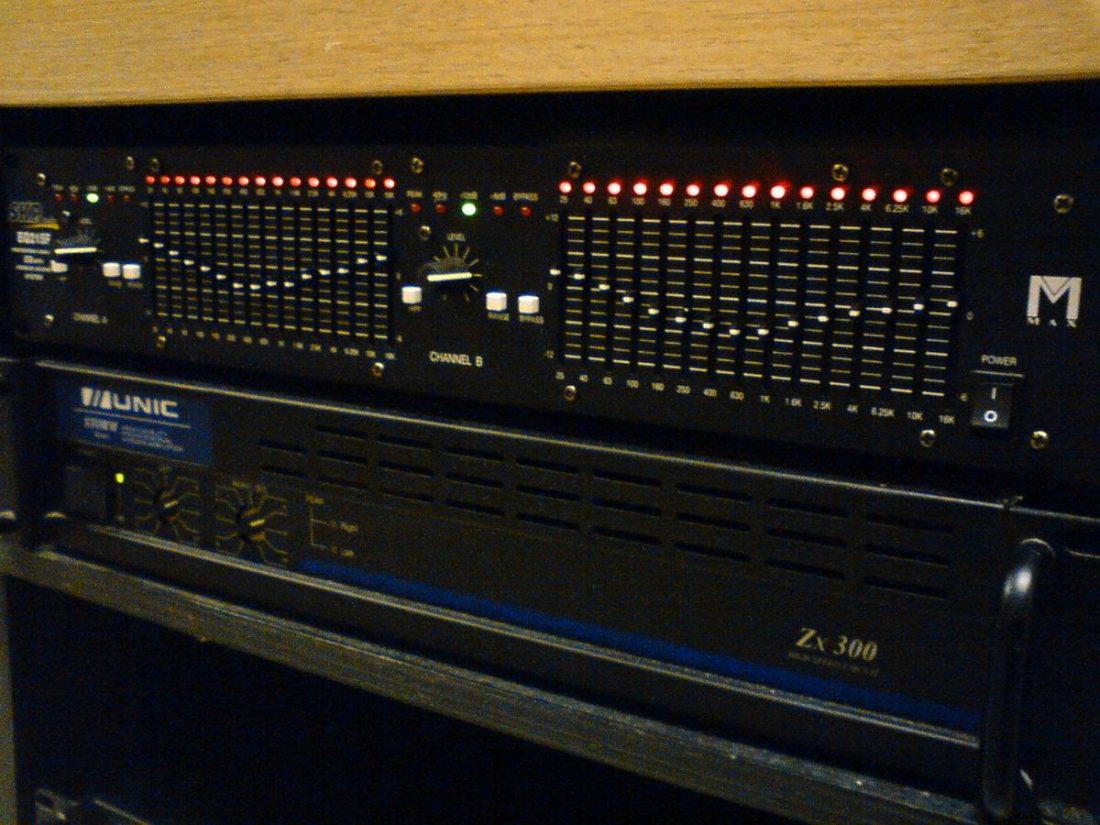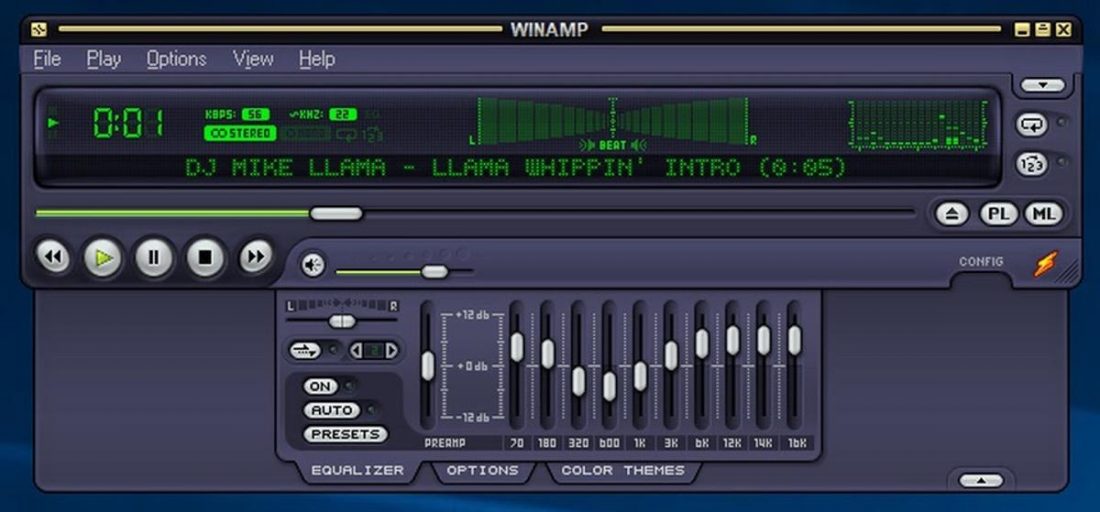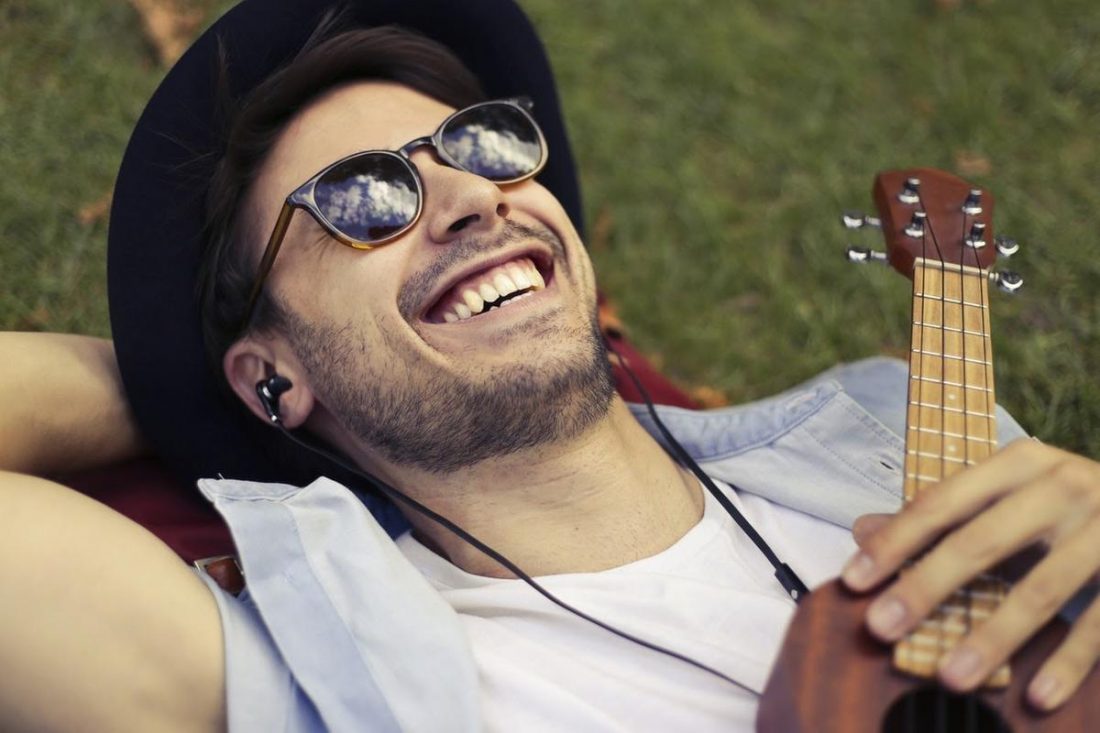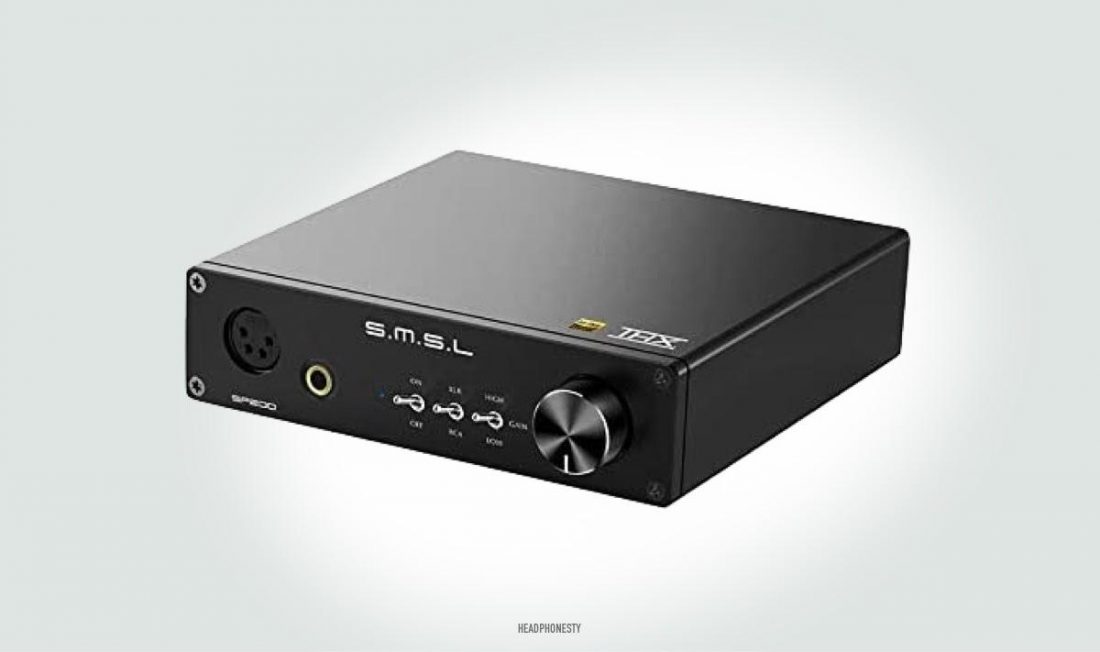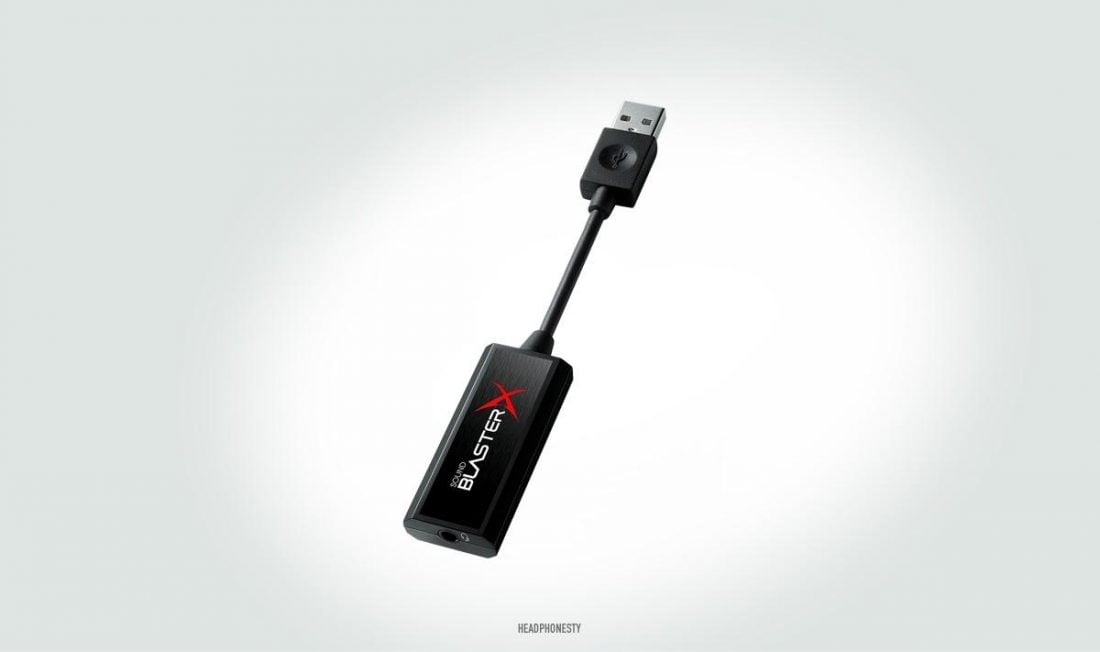The sound of a hairbrush running through hair, fingernails tapping on wood, or feathers rustling in the air. The sounds that these objects make may seem inconsequential, but for a lot of people, these sounds can trigger a euphoric experience. Even celebrities like Cardi B and Nina Dobrev are jumping into the bandwagon by creating their own tingle-inducing videos. In this article, you’ll learn:
what this phenomenon called ASMR is, how it works, and what people feel when they watch ASMR videos the most common triggers that stimulate ASMR what detail in sound means and why it’s important to consider when buying headphones for ASMR how to use an equalizer to make an ASMR video sound better the different headphone form factors and the best ones for listening to ASMR the differences between closed-back and open-back headphones and their effect on ASMR videos how noise-canceling headphones help make listening to ASMR videos better
If you’re ready to dive in, let’s get started.
What Is ASMR?
ASMR, or autonomous sensory meridian response, is a euphoric sensation that many people feel when they watch certain stimulating videos. This phenomenon wasn’t widely acknowledged until 2010. In that year, cybersecurity professional Jennifer Allen coined the term ASMR and launched an ASMR Facebook group, which has now evolved into a Facebook page.
ASMR has gone mainstream
There’s a huge online community of people who enjoy ASMR videos. This ASMR subreddit, for instance, has more than 200,000 followers. If you do a quick search on YouTube, you’ll find thousands of ASMR videos with millions of views. For example, this video of HunniBee ASMR chewing on purple food already has 2.6 million views after being uploaded just a week ago. Another YouTube video creator, Gracev, already has more than 290,000 views for a two-day old video of her role-playing a makeup artist.
How does the sensation of ASMR feel?
People watch ASMR videos for the “brain orgasm” it gives them. Contrary to its name, it isn’t so much a sexual sensation as a relaxing feeling that’s often accompanied by tingling. It begins on the scalp and back of the head. Then it moves down the length of the back. Sometimes, the tingles can spread out to the shoulders and down the arms and legs. Why do people watch ASMR videos? People watch ASMR videos because they want to relax. In a 2015 study on ASMR, most participants said ASMR videos helped them relax, fall asleep, and deal with stress. In fact, 80% said they felt better while listening to ASMR videos, although the mood boost declined over time, suggesting that ASMR might provide at least some temporary relief in depression symptoms. 38 out of 91 participants who had chronic pain also said they felt less pain while watching ASMR videos. The effect lasted even three hours after watching.
How does ASMR work?
Science has yet to explain how ASMR works, but early research shows people with certain personality traits may be more prone to experiencing ASMR. A 2017 study shows people who scored high in the traits Openness-to-Experience and Neuroticism in the Big Five Personality Inventory are more likely to experience brain tingles. People who are more open to experience are more inquisitive, artistic, and prone to bouts of daydreaming and fantasy. Those who score high in neuroticism are more anxious and self-conscious than average.
Common Triggers Associated With ASMR
There’s a variety of stimuli that can trigger ASMR. These are largely auditory cues, but they can also be visual and kinesthetic. ASMR video creator, or ASMRtist, Maria of GentleWhispering, who currently has 1.8 million subscribers on YouTube, says it’s best to expose yourself to various triggers. This helps keep you sensitive to the triggers and prevents you from becoming immune to stimuli. In general, people who experience ASMR get triggered by four common stimuli:
1. Whispering
By itself, the soothing sound of a human voice whispering sweet nothings into your ear can help you relax. But when the whispering is magnified through online media, such as YouTube videos and podcasts like The ASMR Podcast, it can trigger head tingles. For 75% of participants in the 2015 study, whispering was a common trigger for ASMR. With 2.47 million YouTube subscribers, ASMR Darling creates a lot of crowd favorites. This video of her whispering close to the mic includes a lot of intense mouth sounds, including sk, ts, sh, and shk sounds.
2. Personal Attention
ASMR is not only triggered by sounds. In many people, they are also triggered by role-playing scenarios, particularly one where they are given close personal attention. Examples include getting a head massage or being stroked in the face or hair. These videos are typically shot from the point of view of the viewer so that when the person on the video is caressing your face, she’s actually caressing the camera. In this video, ASMR Zeitgeist gives you a relaxing head massage, along with some other relaxing sounds and soothing whispers.
3. Crisp Sounds
Crisp sounds such as crinkling wrapping paper, tapping on wood, or trickling water can be strangely satisfying. For many people who experience ASMR, these sounds are an easy trigger. This video by ASMRMagic is an hour-long compilation of some of the crispest ASMR sounds. It starts off with crinkly cardboard packaging and ends with a fluffy mic massage. It even includes a cactus that sounds like trickling rainwater.
4. Slow Movements
In a study, 53% of respondents said they experienced ASMR when watching videos of people making slow movements. There are no limits when it comes to what sort of movement can trigger ASMR. Some people are triggered by the slow tapping of long fingernails on glass, stroking the mic with a makeup brush, or even just stroking the air with a comb. ASMR PPOMO has put together several slow movements into this video to help her viewers relax and fall asleep. The triggers include slow hand movements, breathing, tapping, hair stroking, and ear brushing.
7 Crucial Factors for Picking the Best ASMR Headphones
ASMR videos are largely based on sound. This is why it’s important to find a great pair of headphones if you want to maximize your ASMR experience. While any decent pair of headphones will work, there are certain headphones that are designed to give you the best listening experience for ASMR. The following are what you should look for.
1. Great detail retrieval
Details are the low-level components that make up a sound. Having detail-oriented headphones means you get to easily pick up the finer, subtler details of sound. ASMR videos have a lot of detailed audio. One example of detail you typically find in them are the transient sounds of the consonants k, p, s, and t whispered through the microphone. These sounds start with a sudden burst of energy before leveling off. Since your ultimate goal is to relax with the help of ASMR videos, headphones for ASMR shouldn’t end up having you dissecting the different sounds separately. You still want something that allows all the components of the audio to come together harmoniously and smoothly.
How to tune headphones for ASMR?
Sound engineers use equalizers to balance the volume of different frequencies. Equalizers were originally used in physical venues. For example, if a concert hall responds better to high-frequency instruments, such as a xylophone, the equalizer is turned down in the higher end (cutting) while turning up (boosting) the low-range frequencies. Graphic equalizers are also available to casual listeners in hardware and software form. Most car stereos have dual-band equalizers for low and high frequencies. More advanced sound systems can have up to 12 bands, while musical equipment for the pros can have up to 30 bands. The human ears are most sensitive to midrange audio frequencies. These sounds range from 250Hz on the lower midrange to 4kHz on the higher midrange.
Lower midrange (250Hz to 500Hz) – This range contains the body and character of the human voice. If audio is lacking in this band, sounds are flat and hollow. Midrange (500Hz to 2kHz) – Dialogue, vocals, and sound effects used in videos are in this range. When sound engineers want their audio to “pop,” they boost the midrange. Higher midrange (2kHz to 4kHz) – The human ears naturally amplify sounds in the higher midrange. It’s easy to hear if sound is lacking in this range because the ears are like a natural amplifier. They easily pick up sounds residing in this range.
2. Neutral sound signature
Every pair of headphones produces its own unique sound. Some headphones tend to lean toward one end of the spectrum to amplify certain frequencies. This unique sound profile is what makes up the headphones’ sound signature. The best headphones for any situation should have a sound signature that matches what you’re listening to. While each pair of headphones has its own sound profile, sound signatures are grouped into six general categories:
Neutral Bright Analytical Warm Dark V-shaped
Headphones with a neutral sound signature are the best for listening to ASMR. This means all frequencies are balanced and the audio is as natural as possible. You can easily hear all the sound elements in an ASMR video when using headphones with a neutral sound signature. In contrast, a dark sound signature has a deep, boom-y bass that will overwhelm the midrange. While the lows are rich and full, they can take over the entire audio and muddle other frequencies. On the other hand, an overly bright treble boosts the highs. While this brings clarity to your audio, it can sound harsh and metallic. Also, the human ears are sensitive, especially to sounds in higher frequencies. Long listening times can eventually cause listener’s fatigue.
3. Closed-back or open-back
The differences between closed-back and open-back headphones may seem obvious. But the differences in their effects on ASMR videos are not as pronounced unless you hear them yourself.
Closed-back headphones
Closed-back headphones have a solid outer cover for the ear cups. This design isolates the sound coming from the headphones much better than open-back headphones. In general, closed-back headphones do a good enough job of blocking background noise. Most of them can reduce noise by at least 10 decibels (dB). This sound isolation property inherent to closed-back headphones lets you listen to ASMR videos “inside your head.” You are fully immersed in the experience and it feels like it’s coming from your own thoughts.
Open-back headphones
Open-back headphones, on the other hand, have holes on the cover of the ear cups. These allow air and sound to pass freely through the cups. Unlike closed-back headphones, these don’t provide any sort of sound isolation. Background noise easily blends in with the sounds coming from the headphones. That may sound awful, but many people actually enjoy the effect of listening with open-back headphones. That’s because the sounds blend in with the rest of the environment. It gives you the feeling that whoever’s in the ASMR video is sitting right in front of you instead of inside your head.
4. Comfortable to wear
The form factor of headphones affects how comfortable they can get. If you would like to use open-back headphones to listen to ASMR, make sure you listen in a quiet, relaxing place where you won’t be disturbed by background noise. While over-ear and on-ear headphones are generally easy to wear for most applications, in-ear headphones provide the best comfort for listening to ASMR.
Over-ear headphones
Over-ear headphones have huge ear cups that sit snugly over your ears. Because the ear cups completely cover the ears, most over-ear headphones provide a decent amount of sound isolation. For the casual listener, over-ear headphones are a good option to help you block out background sounds while listening to an ASMR video. However, if you’re listening to ASMR to fall asleep, as the majority of people do, over-ear headphones may not be the most comfortable solution, especially if you like sleeping on your side. Yet, if this is your priority, you can opt for headphones made specifically for sleep, instead.
On-ear headphones
On-ear headphones are lighter and smaller than over-ear headphones. If wearing over-ear headphones weighs you down, on-ear headphones can be a good alternative. The downside is that these headphones aren’t exactly the most comfortable to wear. Because the ear cups sit directly on top of the ears instead of over them, they can put too much pressure on the earlobes. They’re also not a good option for side sleepers if you prefer to fall asleep to ASMR sounds.
In-ear headphones
In-ear headphones come in two forms: earbuds and in-ear monitors (IEMs). Earbuds sit on the concha, the opening of the ears just outside the ear canal. Most earbuds come in a single size, which means they may fall off easily if you have ears that are bigger or smaller than average. IEMs, on the other hand, have soft tips usually made of foam or silicone that are inserted into the ear canals. This creates a seal that keeps out background noise, so you can listen to ASMR videos at a lower volume. Because they sit right inside the ears, they’re also less likely to fall off. If you like listening to ASMR to fall asleep, we recommend finding a good pair of in-ear monitors. Compared to headphones, earbuds for ASMR help you feel the triggers much closer in your headspace, which can sometimes amplify the ASMR effect.
5. Noise cancellation
Loud background noises can mask many of the sounds in an ASMR video. Low-frequency noise, such as the droning of distant traffic or the humming of an air-conditioner, will easily drown out human voice, bass notes, and even trebles. Most people address this by turning up the volume, but this isn’t recommended because you’re exposed to high volumes for long periods of time. In the long run, you risk getting noise-induced hearing loss by listening to loud sounds on your headphones. You can easily remedy this situation by using headphones with noise-canceling capability. Many closed-back headphones provide at least some form of passive noise cancellation. Others form a tight seal around your ears to completely block out background noise. But if you’re serious about sound isolation, look for headphones with active noise cancellation (ANC). ANC headphones have a small microphone that picks up background noise. The electronics inside the headphones will then create a sound wave that is 180 degrees out of phase with the background noise. Consider it an “anti-sound.” It cancels out the background sounds without affecting the audio you want to listen to.
6. Headphones impedance
Headphones impedance is the amount of resistance to the electric current transmitted by the amplifier. It is measured in units of ohms (Ω). Every headphone has impedance. There is one correlation you need to understand – the higher the impedance of the headphones, the more power your audio source needs to drive your music to an acceptable volume. Hence, if your audio source does not have sufficient power to drive the high impedance headphones, your music volume will be soft and weak. How do you know if your audio source has enough power for your headphones? We have built a headphones power calculator for that purpose. What do you do if you realise your audio source does not have enough power? That is when you need to buy an external headphones amplifier (such as the SMSL SP200 pictured above) where it is able to provide boosted power to help drive your headphones to the proper volume.
7. Quality of the DAC
Digital Analog Converter (DAC) exists in all computers, mobile or desktop. It converts digital signals (binary data like 1s, 0s) back to analog data so that your headphones/speakers can create sound. If your DAC is of poor quality or damaged, it will introduce unwanted signals like background hiss, jittering problems into music, lowering the overall quality of the audio. Just like how you solve the power issue with an external amplifier, you can also do the same here with an external DAC like the Creative Sound BlasterX G1 7.1 above.
What Do You Think?
Ultimately, choosing the best headphones for listening to ASMR boils down to personal preference. Whatever you pick, a great pair of headphones should help you relax in peace and quiet as you listen to your favorite ASMR videos and let the euphoric waves wash over you. When choosing headphones for ASMR, what is the most important factor for you? Let us know in the comments below.


